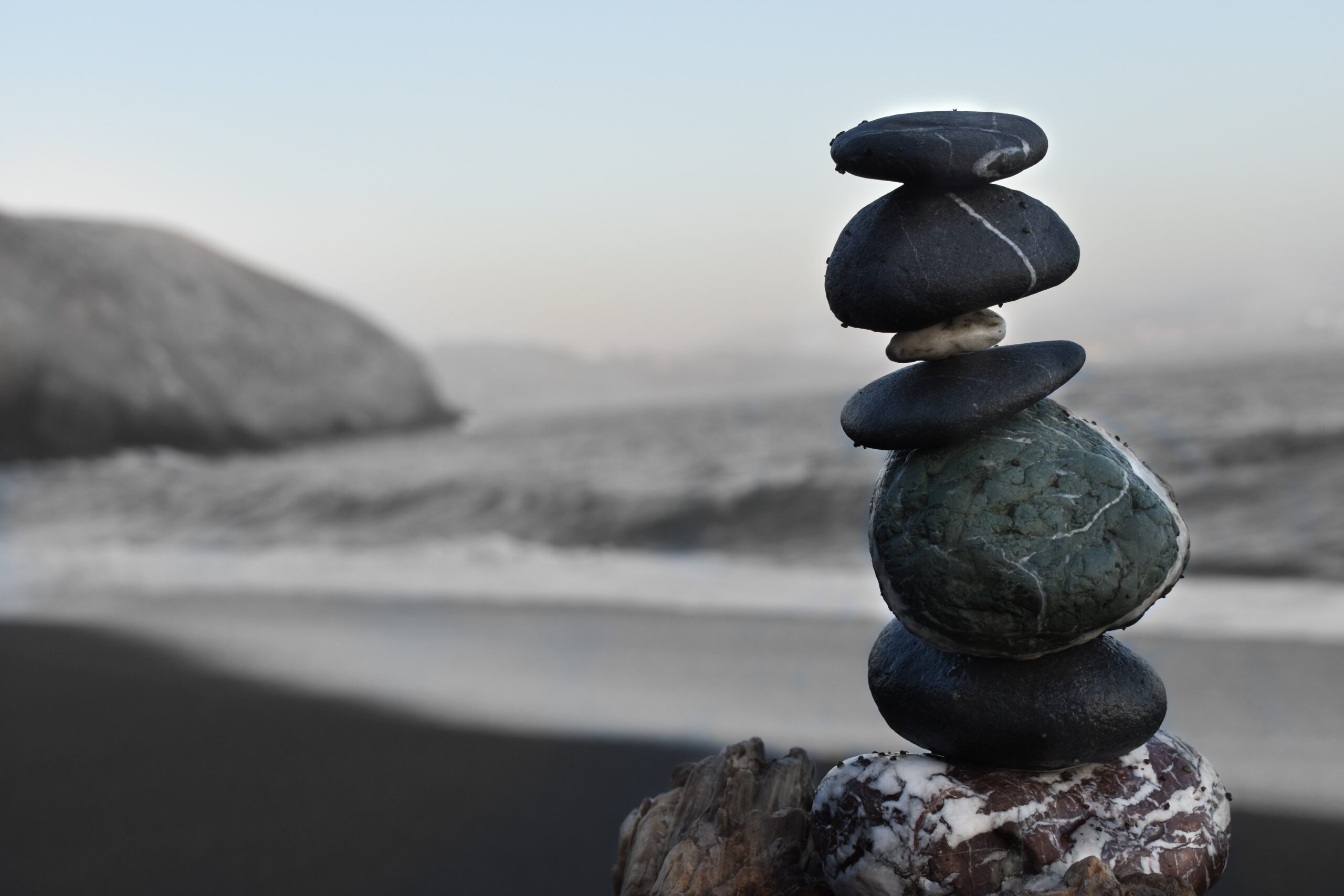When did you last check your balance? Most of us won’t recall it as it’s a marker of general health, which is often overlooked. Even Though worldwide, falls are the most common cause of accidental death after road traffic accidents. As we age, our balance will begin to deteriorate if we don’t actively work to maintain it. Research even shows that a good balance is a powerful predictor of how long and healthily you will live.
Balance is a use-it-or-lose-it type of skill. This is because it takes a lot of work from our bodies to do it. Our brains typically use three different tools to keep us steady. To stay balanced, we use our eyes, our vestibular system in our ears, and proprioceptors in our muscles that send signals to the brain, telling it what’s happening. Removing or hindering one of these systems makes balancing much harder.
How good is your balance?
You can test your balance by seeing if you can stand on one leg for a set amount of time, first with your eyes open and then closed. First, remove your shoes, then put your hands on your hips and stand on one leg. See how long you can last. The test is complete as soon as you shift your planted foot or put your raised foot down on the ground. Try this three times. Then repeat, with your eyes closed. It sounds easy, but you will be surprised, if you are out of practice, how tough it can be (particularly with your eyes closed).
Below are the targets that different age groups should be able to manage:
- Under 40: 45 seconds with eyes open, 15 seconds with eyes closed.
- Aged 40-49: 42 seconds open, 13 seconds closed.
- Aged 50-59: 41 seconds open, 8 seconds closed.
- Aged 60-69: 32 seconds open, 4 seconds closed.
- Aged 70-79: 22 seconds open, 3 seconds closed.
- How to improve your balance
- If you’re a little dismayed by your balance, don’t worry as it’s something that is simple to work on. Here are a few ways you can improve your balance.
- Work on strengthening your lower body muscles. This can be done with activities like walking, biking, or climbing stairs. If you aren’t able to do these activities,a recumbent bike or stair stepper is a safe way to start.
- Practice standing on one leg in your day to day life. Whilst you’re doing dishes, reading, talking on the phone. Try standing on one leg for 10 seconds and switch to the other leg. Then repeat.
- Try yoga or stretching to loosen tight muscles, which can affect posture and balance. Other activities such as Tai Chi can also be beneficial.
- Work out your eyes and vestibular system by looking around as you walk. Move your head back and forth to encourage these systems to work together in different ways.
Building your balance is not only beneficial to your physical health but to your mental health. If you don’t feel stable or confident on your feet, this can impact you from doing things you enjoy. By building core strength, building lower body strength and practicing, you’ll find that not only does balance improve, but so does your confidence.

